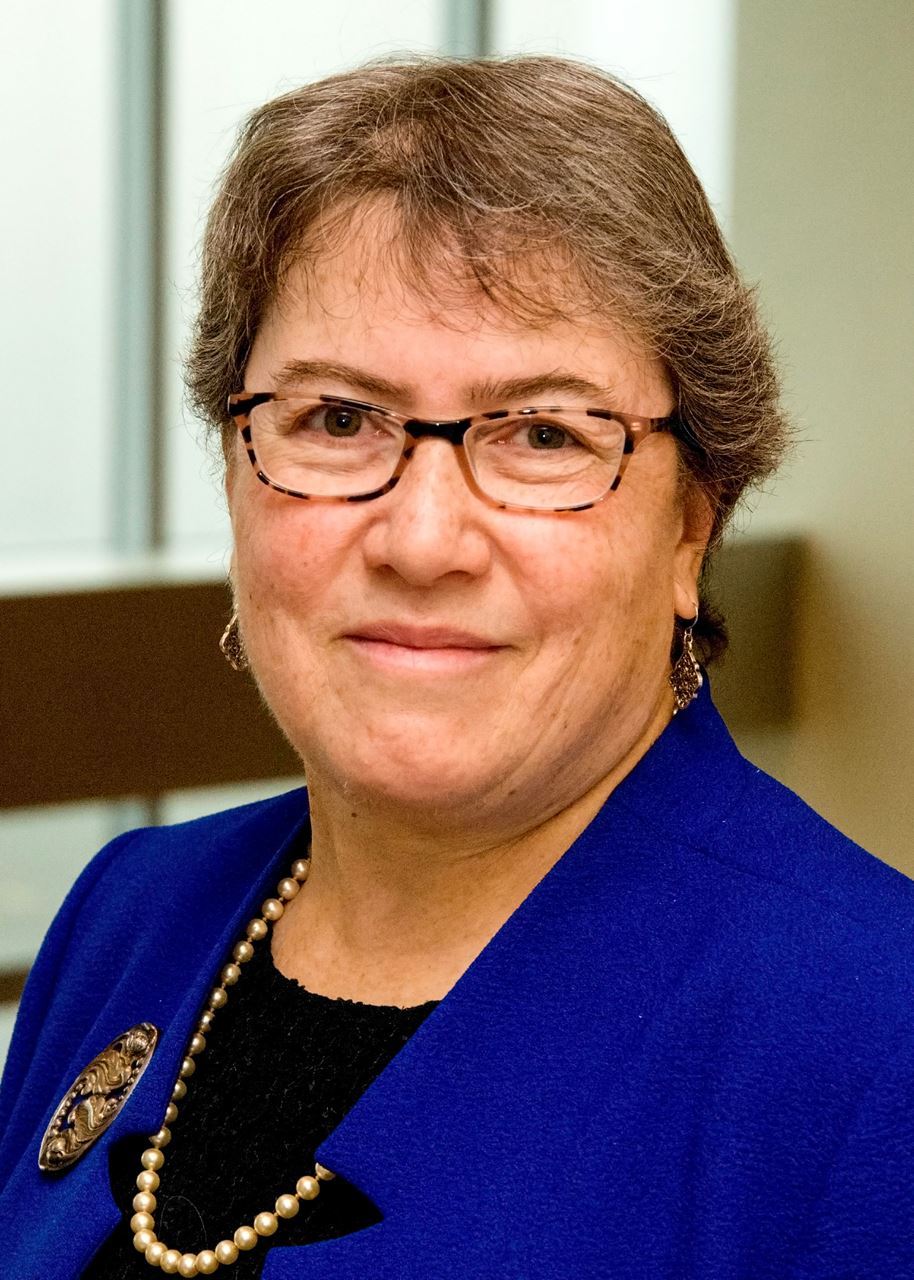By Edie Canter, ACN Member

Should we fundraise now?” “Can we fundraise now?” “How should we fundraise now?”
These questions have been top-of-mind for nonprofit leaders during the COVID crisis. Fortunately, the answers may be simpler than you think. And what we learn at this time can inform fundraising practices in the future.
Yes, you should fundraise during crisis
Does your organization need philanthropic dollars now or in the next several years? If the answer is “yes,” then you must fundraise.
Some express discomfort about asking for money if their organizations are not on the front lines of crisis response. I urge you to put that discomfort to the side.
Remind yourself of this: your mission was relevant before the crisis and it will be relevant after the crisis. Indeed, your work – even adapted for COVID – is relevant right now. If you believe in your mission, you owe it to your organization to fundraise. It is as simple as that.
Yes, you can fundraise during crisis
You can raise money as long as there are supporters who believe in your work, are generous, and have the capacity to give. Let’s see how these three elements play out now.
First, you can assume that supporters who believed in your mission pre-COVID still feel warmly toward your work. If you take care of the fundraising fundamentals, they will continue to care.
Second, during crisis, people look for ways to be helpful. While some may not be able to give now, others are increasing their gifts. Supporters want to support, however they can.
Third, while our country faces unprecedented economic anxiety, many people have maintained employment and wealth. As of this writing, stock market performance continues to be high, with stock prices significantly above the lows of the Great Recession. And even during the Great Recession, philanthropy continued, albeit at lower amounts.
Let’s be realistic – you may not raise as much money as you planned for this year. But the requisite elements are present: supporters, generosity, and wealth. You can fundraise.
Remember the fundamentals
During crisis, key fundraising principles still apply.
Build relationships: This is a great time to connect one-on-one with top supporters via phone or video calls. Ask how people are doing, share how you’re coping, update supporters on your important work, and thank them.
Engage donors: Keep your supporters engaged with regular and authentic emails or newsletters (nice infographics and videos are a bonus, but not necessary). Consider offering a virtual opportunity for supporters to connect with your work – perhaps a 30-minute “get to know the staff” webinar or a panel discussion.
Tell your story well: Provide personal narratives and stories that demonstrate your organization’s impact – and remind donors of the importance of their gifts.
Special considerations during COVID
Sensitivity to the times: Be thoughtful in your “asks.” If you do not know how individuals have been affected by the crisis, couch your request in compassion. “We know these are difficult times. If your situation allows, we hope you can continue your important support.”
Special events fundraising: In lieu of in-person events, virtual events have exploded, with success we could not have imagined a few months ago. These events are proving amenable to familiar revenue-generators such as sponsorships, paddle raises, tickets, raffles, and auctions. Here is a small sampling of creative formats:
- Live events featuring pre-recorded speeches and performances or using breakout rooms to facilitate networking and dialogue.
- Multi-day events with daily panel discussions.
- “No-event” fundraisers – usually online campaigns over several days.
- Events marketed as happy hours, pajama parties, living-room activism, and more.
When planned and managed well, special events raise money, build community, engage supporters, celebrate success, and elevate constituent voices. During the COVID crisis, we can achieve all these goals with virtual events.
Take the COVID crisis as an opportunity to deepen donor cultivation, hone storytelling, and explore creative fundraising. All will pay off in the post-crisis world.
Edie Canter, president of Canter Strategies, provides nonprofits with expert consulting in development assessment, planning and execution; strategic planning; interim leadership; Board/organizational management; and persuasive writing. She brings to the table over 35 years of experience as an executive director, director of development and communications, board member, and advocate.